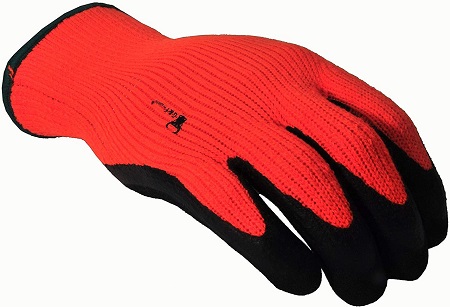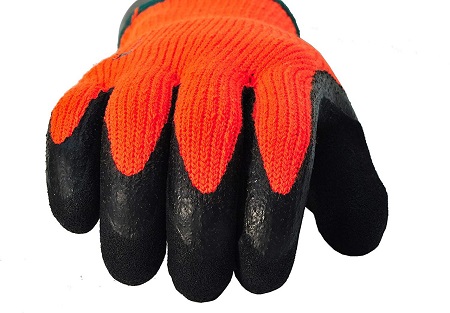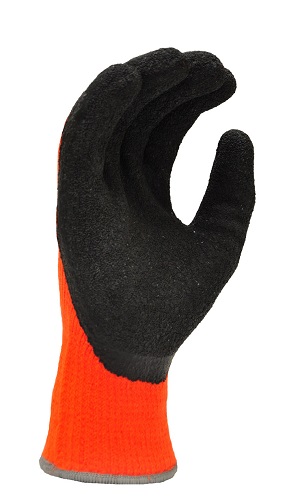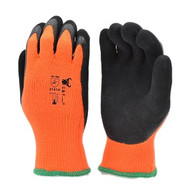Things to look for in winter work gloves
Jan 29th 2024
As winter approaches, freezing temperatures can transform regular jobs into chilly trials. Whether you are a construction worker or a gardener, protecting your hands is critical during these tough months. While you normally prioritize layering up in warm clothing, your hands are frequently forgotten. When they are exposed to the outdoors, especially during outdoor work, they are more prone to frostbite, chapping, and other cold-related injuries. Wearing winter work gloves can help protect your hands from potential harm.
Protect against frostbite and hypothermia
In the winter, work gloves are primarily used to protect against frostbite and hypothermia. With temperatures dropping below freezing, our hands may experience rapid heat loss due to their high surface area-to-volume ratio. Without protection, this exposure can cause numbness, loss of sensation, and even tissue damage if sustained.

Prevent dry skin
Low temperatures typically cause dry skin, resulting in chapping or cracking on your hands. This not only irritates but also increases the risk of infection since germs can enter via damaged skin. Winter work gloves help to maintain moisture by providing a barrier against direct exposure to chilly air and wind, keeping your hands moisturized and nourished.
Keep your hands warm
Work gloves with strong insulation and a snug fit improve blood circulation, keeping your hands warm and flexible. This improves grip and dexterity, allowing you to handle tools and things more precisely. These winter work gloves keep your hands warm and flexible so you can handle equipment and items with more accuracy, increasing overall productivity and safety in a variety of work conditions.
What to look for in a winter work glove
It is critical to analyze how well your winter work glove fits the following criteria –
A water-repellent exterior coating
Water-repellent gloves have a specifically prepared surface layer that repels moisture and water. While water-repellent coatings are resistant to water penetration, their efficiency reduces with time due to wear.

Insulating lining that traps air for warmth and has moisture-wicking properties
Choosing the appropriate weight and kind of glove insulation can be difficult. Excessive insulation in gloves can limit finger movement, impair dexterity, and cause overheating in workers.
Comfort and proper fit
Not only can ill-fitting gloves impair dexterity and grip, but they can also be dangerous. Like with too-tight gloves, loose gloves can tangle in machinery and cause discomfort. Make sure the winter gloves you choose for your safety program fit a variety of worker hand sizes and are both comfortable and available in a range of sizes.
Overall, it is difficult to navigate in winter situations as they are uncomfortable, dangerous, and unsettling. As a result, employees' enthusiasm, energy, and morale frequently decrease as the weather gets colder. However, providing workers with the perfect winter glove will lift their spirits and make them feel better. Positive results are likely to occur when safety professionals show true empathy by tailoring the glove to the worker's unique scenario and attending to their comfort and protection needs.

